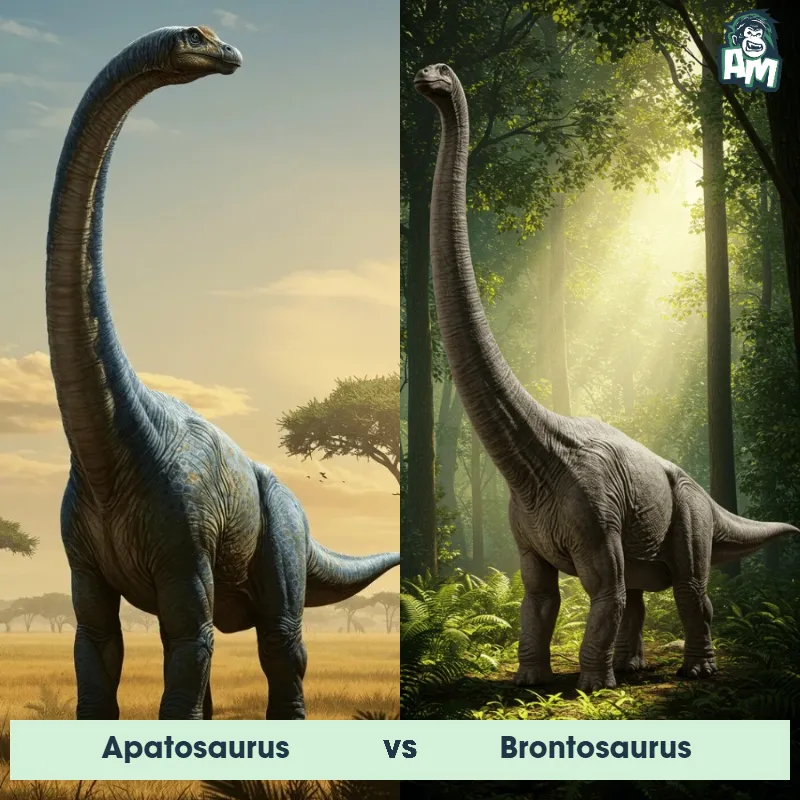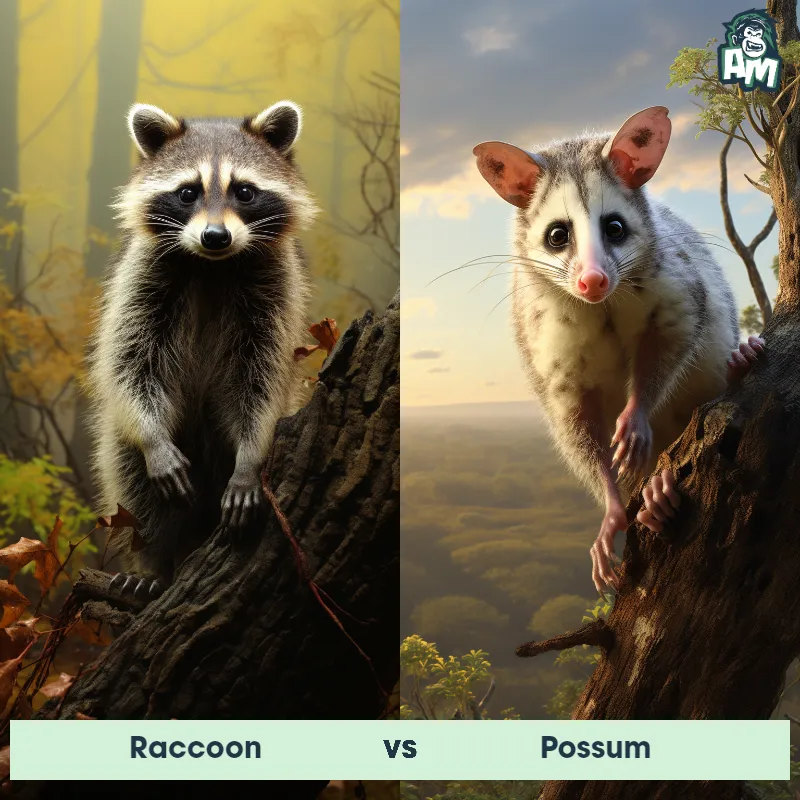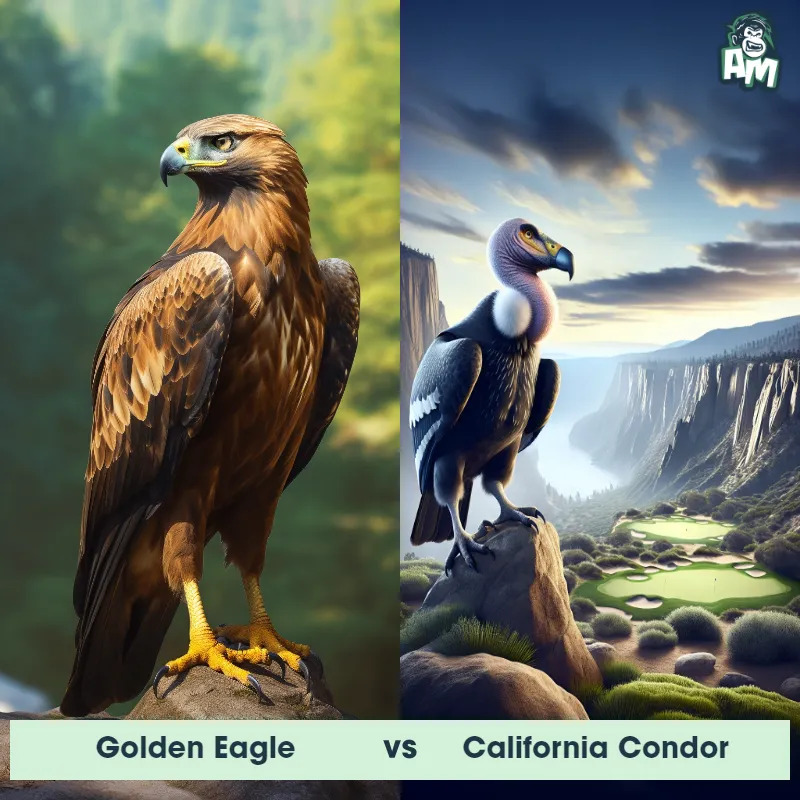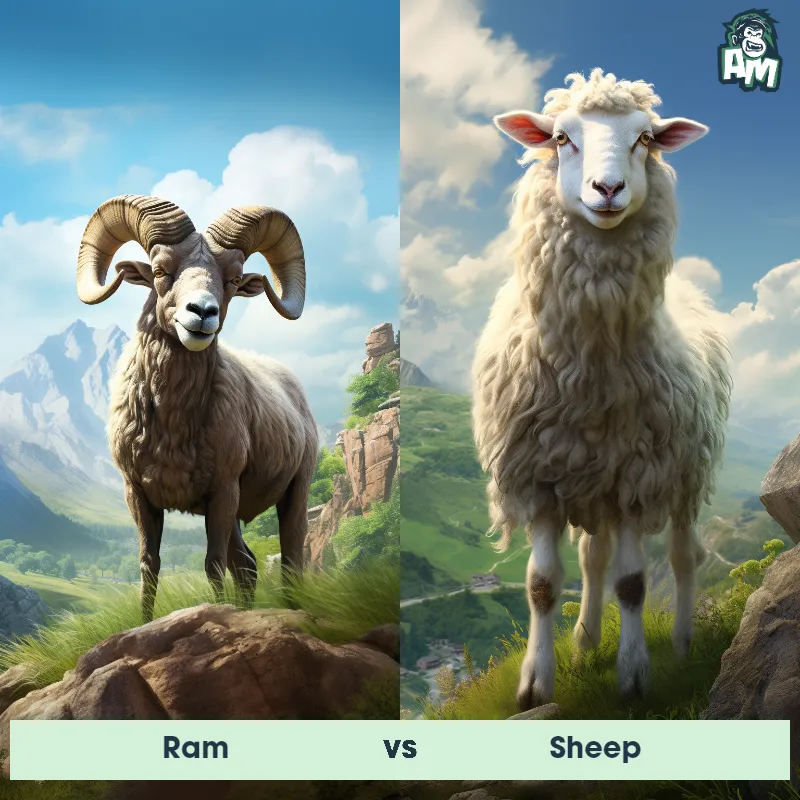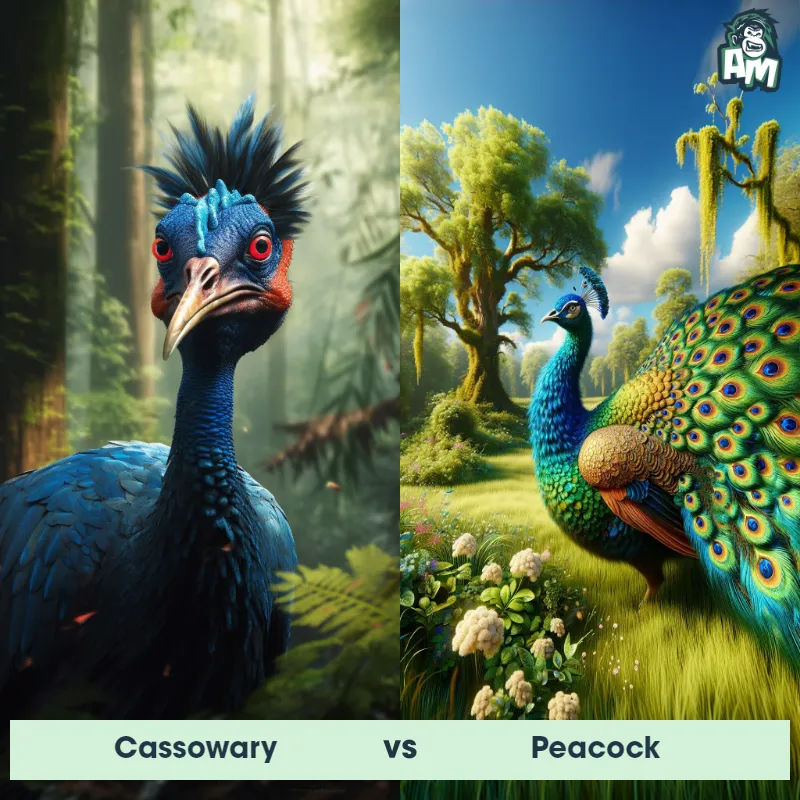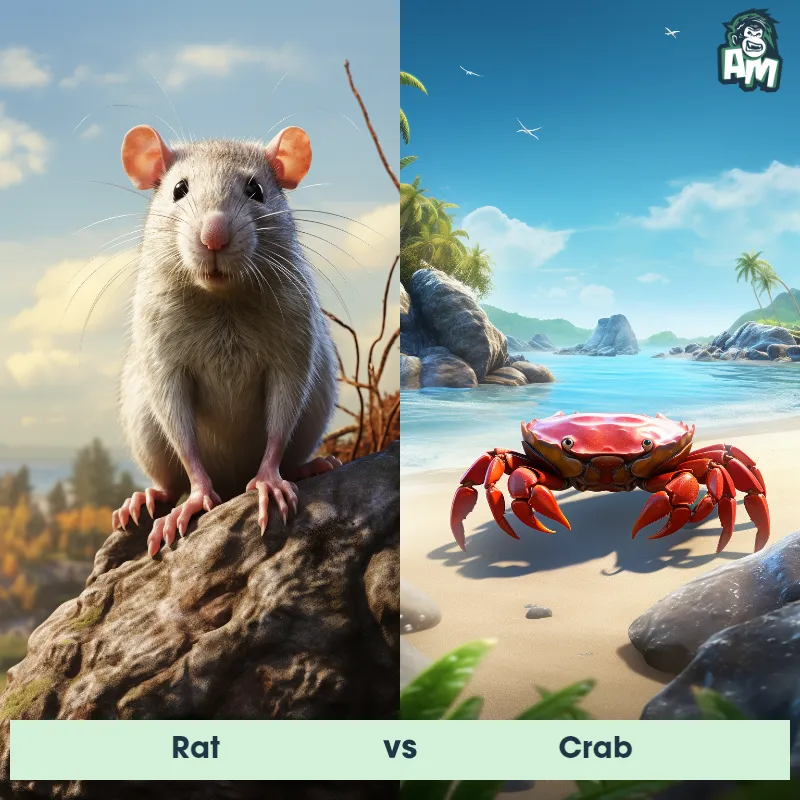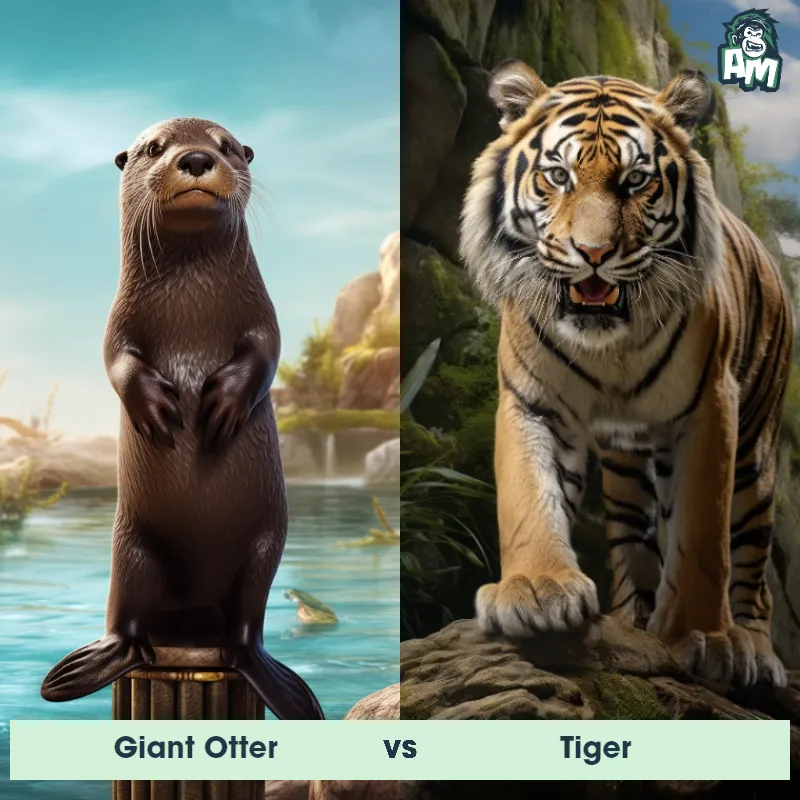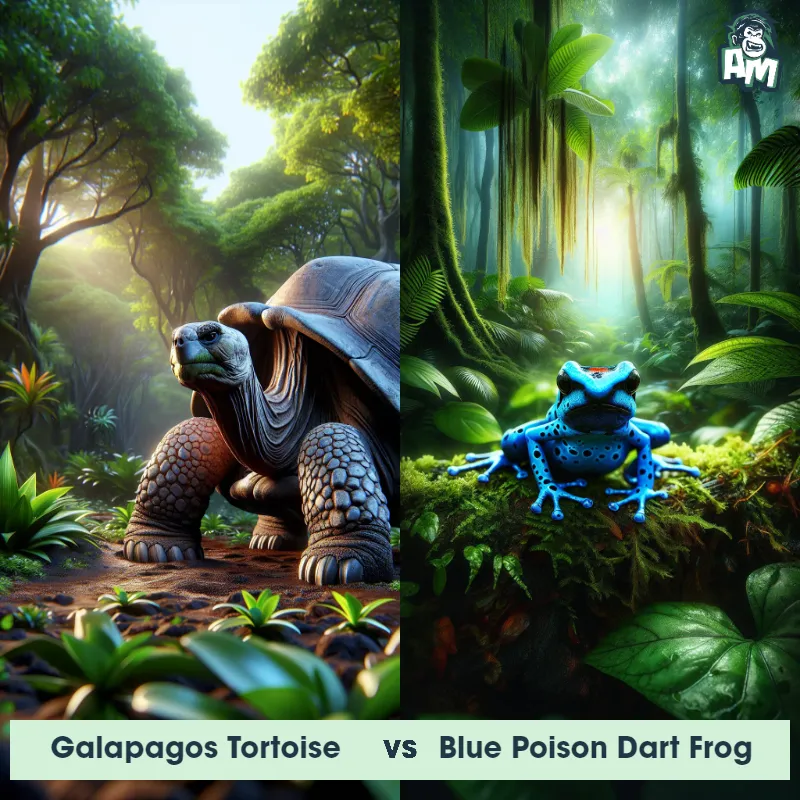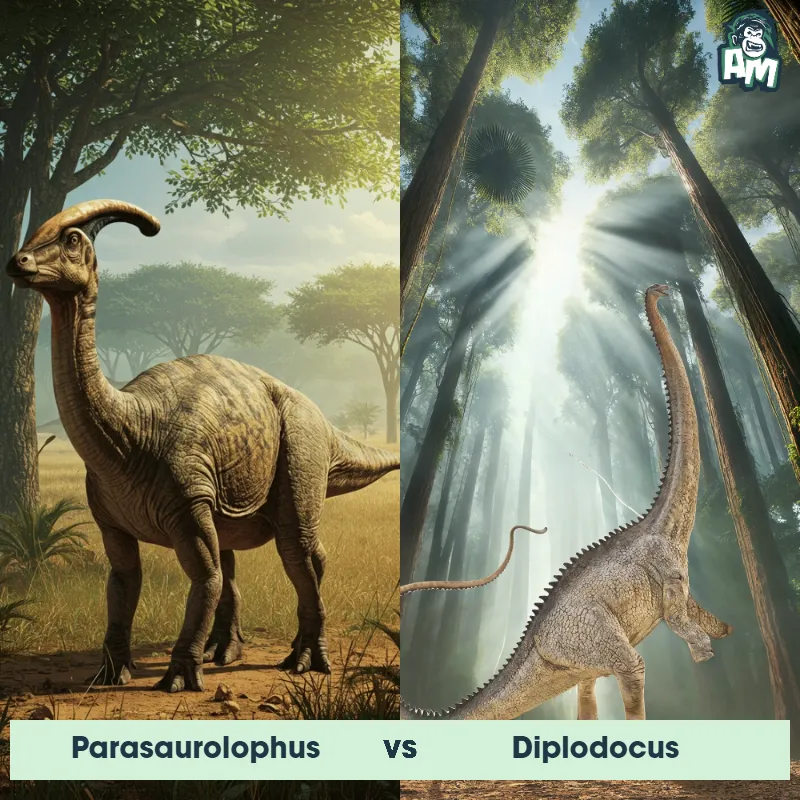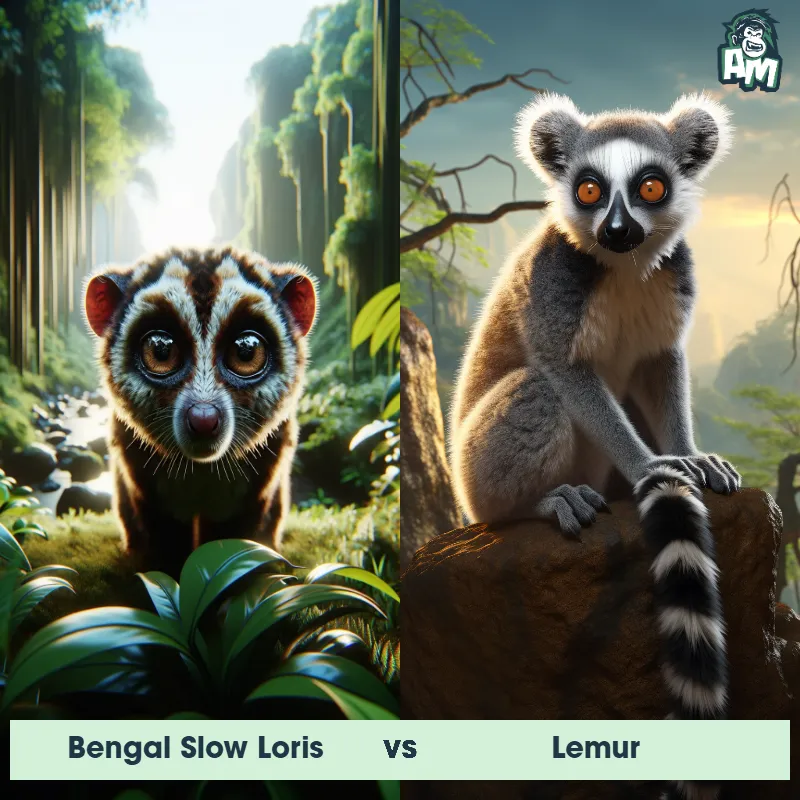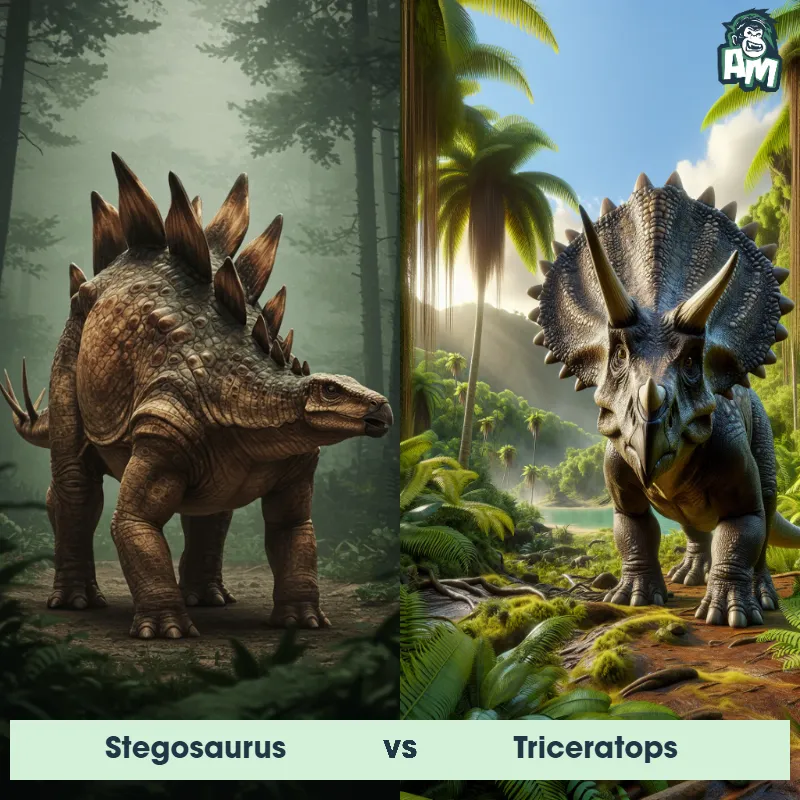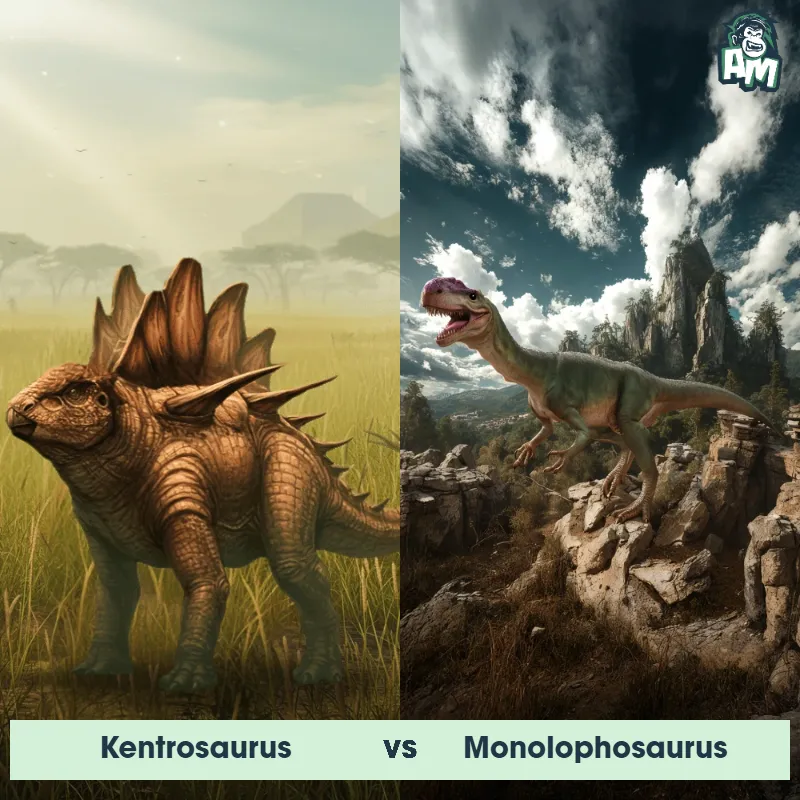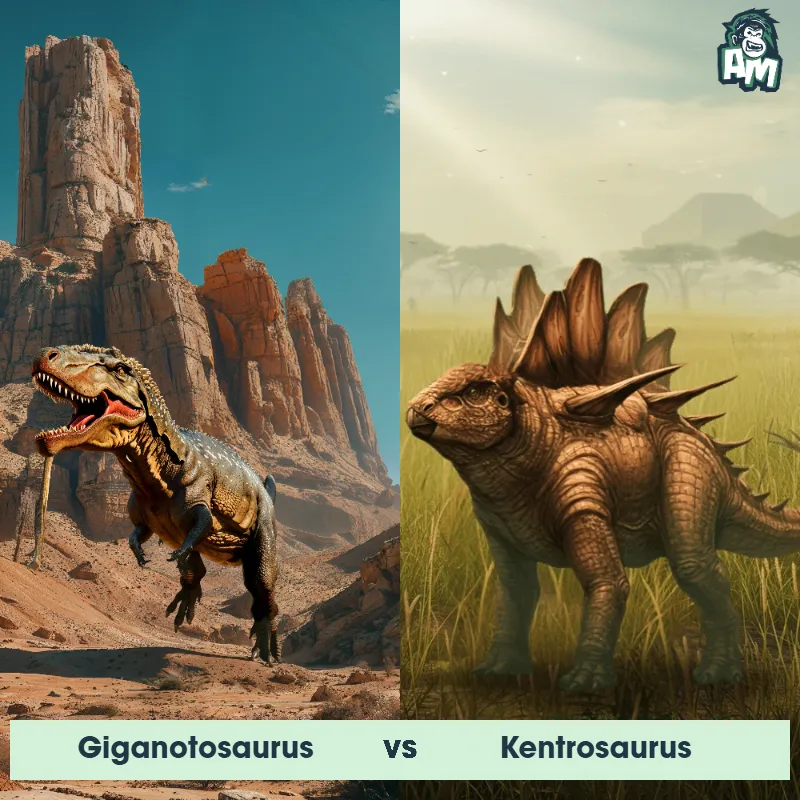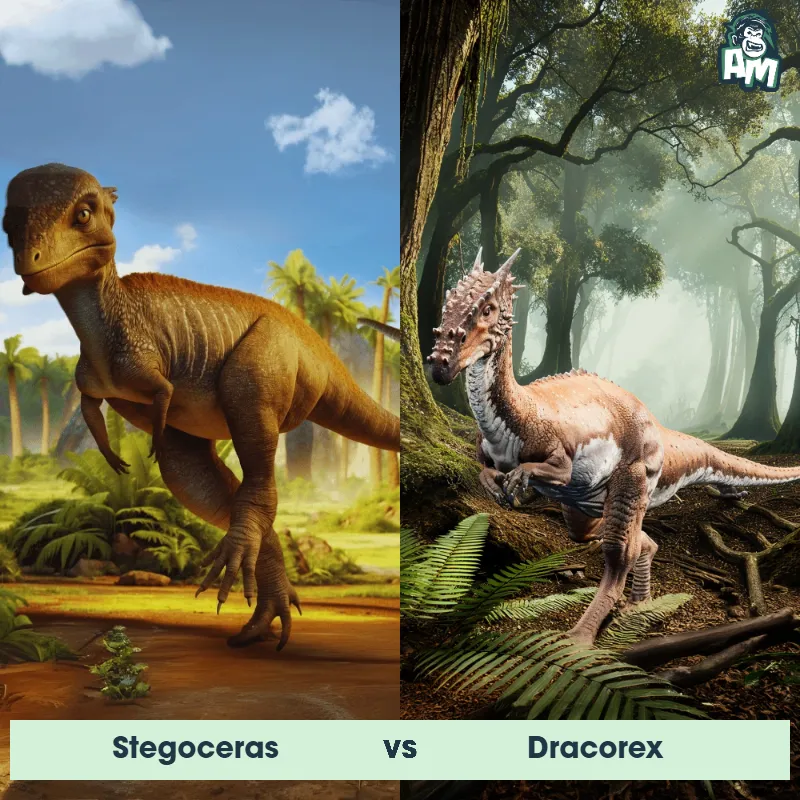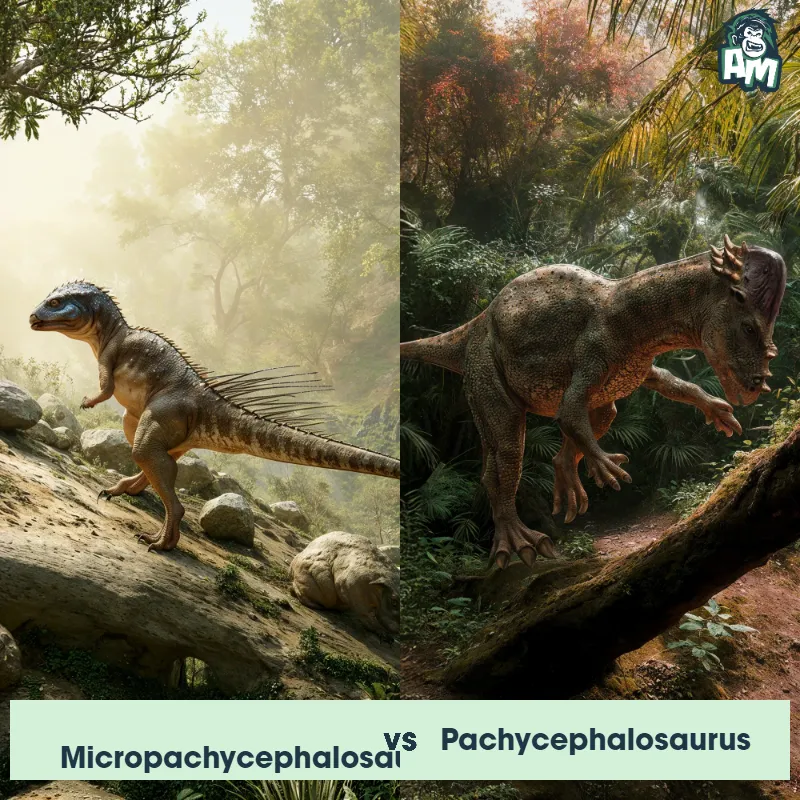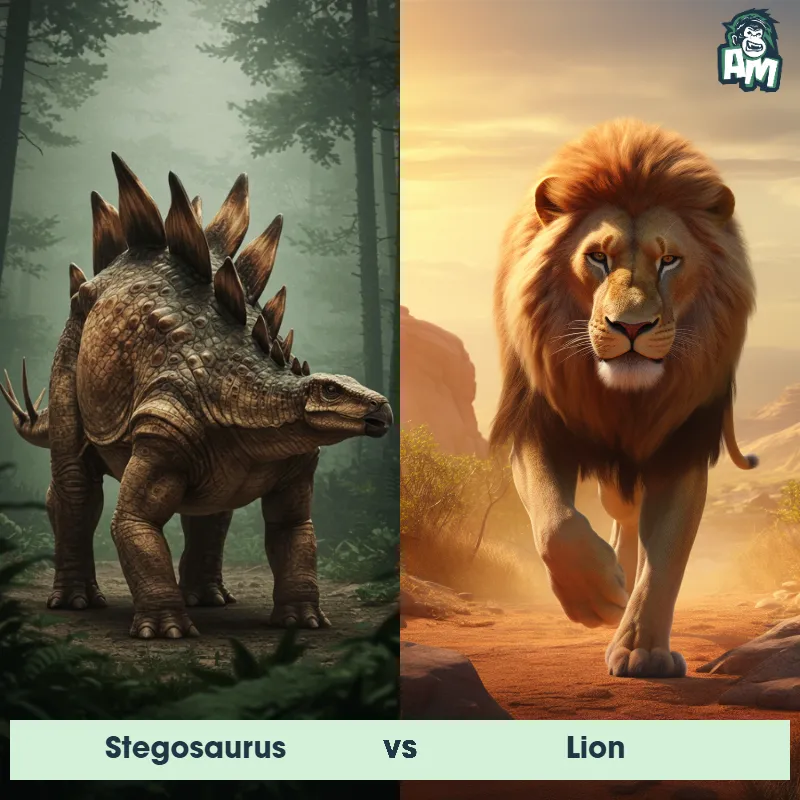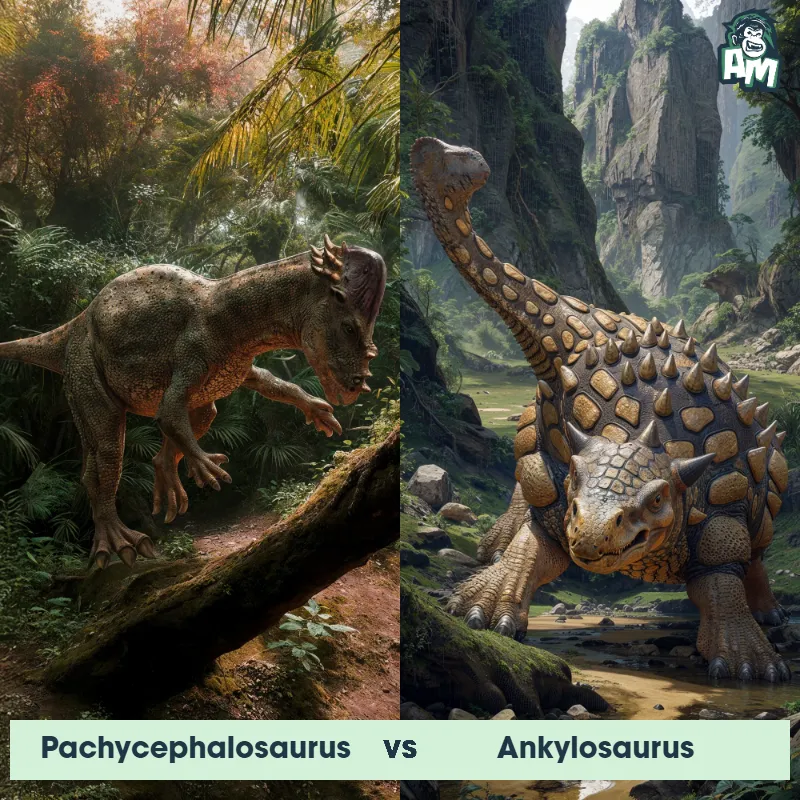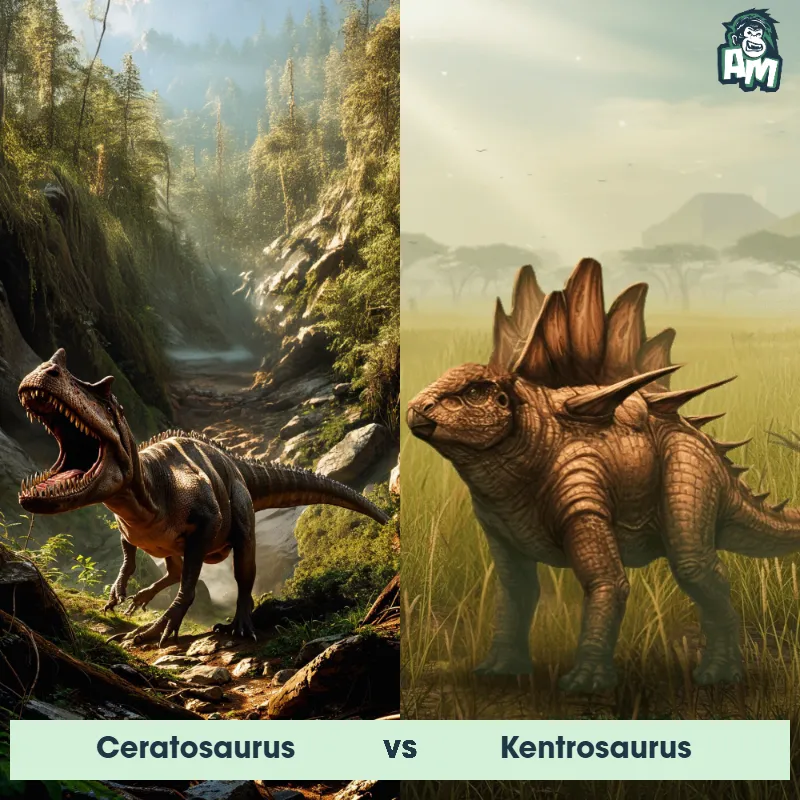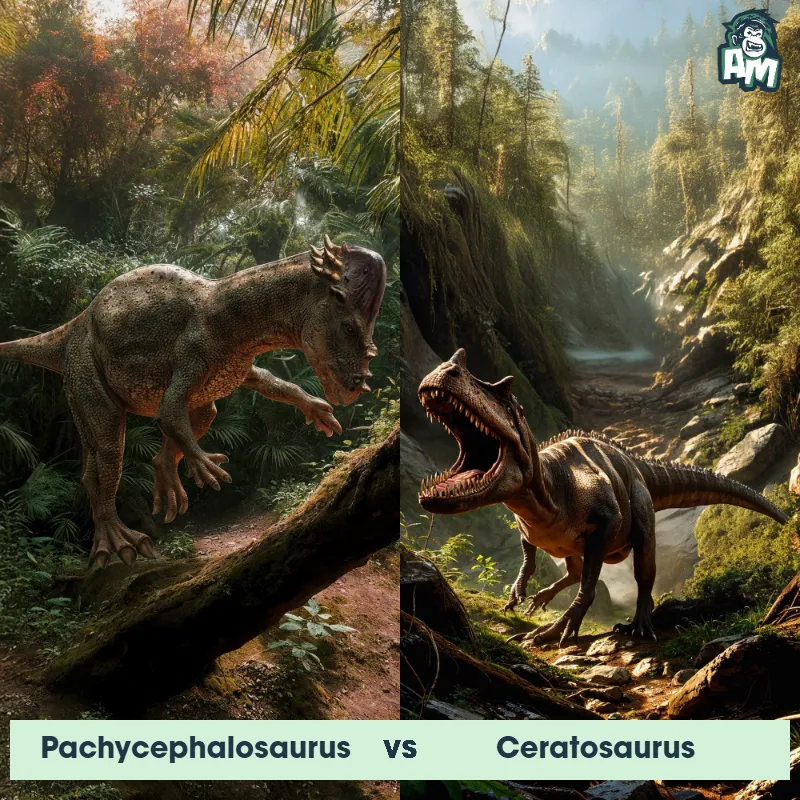Pachycephalosaurus vs StegosaurusSee Who Wins
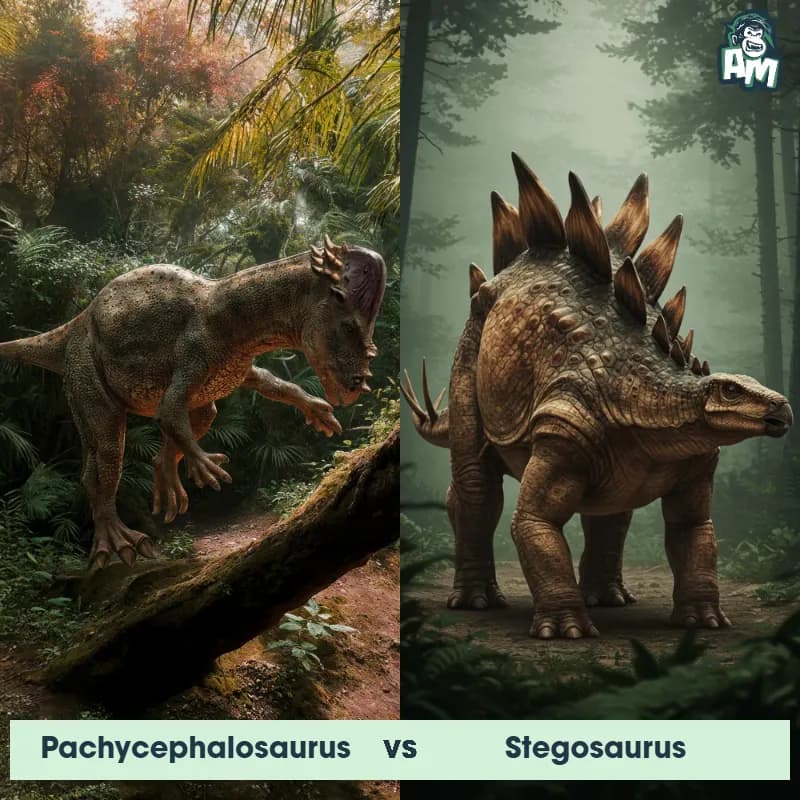
In the left corner, we have the boulder-headed beast of the ancient world, the Pachycephalosaurus, known for its aggressive head-butting prowess. And facing it, the plated powerhouse, the Stegosaurus, with its formidable tail spikes ready to defend its territory. This clash of Jurassic titans is bound to shake the ground!
Contender 1: Pachycephalosaurus
The Pachycephalosaurus, also known as the "thick-headed lizard," was a herbivorous dinosaur that lived during the Late Cretaceous period. It was characterized by its dome-shaped skull, which could be up to 10 inches thick, and its bony knobs on the skull called nodes. These dinosaurs were bipedal and had long hind legs, short forelimbs, and a stiff tail.
Fun Fact: Pachycephalosaurus is believed to have used their dome-shaped skulls for head-butting contests during mating rituals or to establish dominance within their social hierarchy.
Contender 2: Stegosaurus
The Stegosaurus is a herbivorous dinosaur known for its distinctive double row of bony plates along its back, as well as sharp spikes on its tail. It had a small head with a beak-like mouth, a long neck, and a large body supported by four sturdy legs. Despite its large size, Stegosaurus had a relatively small brain.
Fun Fact: The Stegosaurus had a tiny brain, roughly the size of a walnut, in proportion to its massive body.
Matchup Stats
| Pachycephalosaurus | Stegosaurus | |
|---|---|---|
| Size | 15 feet tall (4.5 meters) | Height: 9 feet (2.7 meters) |
| Weight | 1,000 lbs (450 kg) | 5,000 pounds (2,268 kilograms) |
| Speed | 15-20 mph (24-32 km/h) | 4 to 5 mph (6 to 8 km/h) |
| Key Strength | Head-butting behavior | Tail spikes for defense |
| Biggest Weakness | Weak bite force | Small brain |
Current Votes
Pachycephalosaurus vs Stegosaurus
See Who Wins
View More Matches
Looking For More?
Similar Matches
Scientific Stats
| Pachycephalosaurus | Stegosaurus | |
|---|---|---|
| Scientific Name | Pachycephalosaurus | Stegosaurus |
| Family | Pachycephalosauridae | Stegosauridae |
| Habitat | Open woodland areas | Land |
| Geography | North America (specifically present-day Western USA) | North America |
| Diet | Herbivore | Herbivore |
| Lifespan | 10 years - 15 years | 70 years - 90 years |
Key Differences between Pachycephalosaurus and Stegosaurus
- Size: Pachycephalosaurus was generally smaller with an estimated length of about 4.5 meters, whereas Stegosaurus could reach up to 9 meters in length.
- Body Shape: Pachycephalosaurus was more robust and compact in body shape, compared to the taller, more elongated form of Stegosaurus with its raised back due to the plates.
- Posture: Pachycephalosaurus held its body in a bipedal posture, standing on two legs, whereas Stegosaurus was quadrupedal, walking on all four legs.
- Tail: Pachycephalosaurus had a relatively straight and long tail, while Stegosaurus had a shorter tail adorned with spikes (thagomizers).
- Head: Pachycephalosaurus had a distinctive thick, dome-shaped skull, while Stegosaurus had a small, narrow skull without any dome.
- Plates and Spikes: Stegosaurus had large, upright plates along its back and spikes on its tail, features Pachycephalosaurus lacked.



